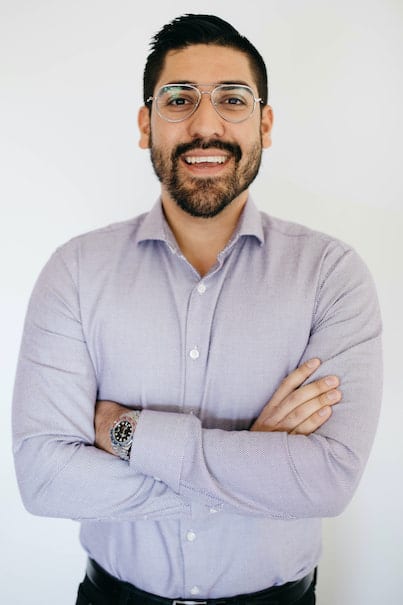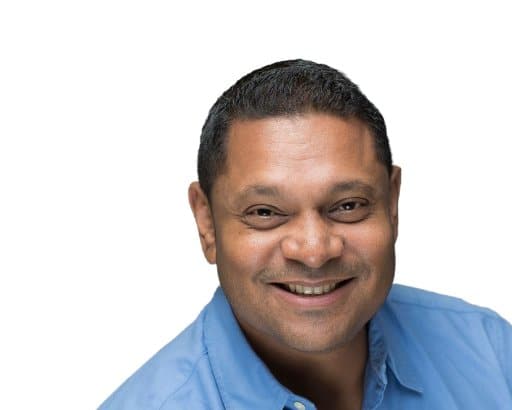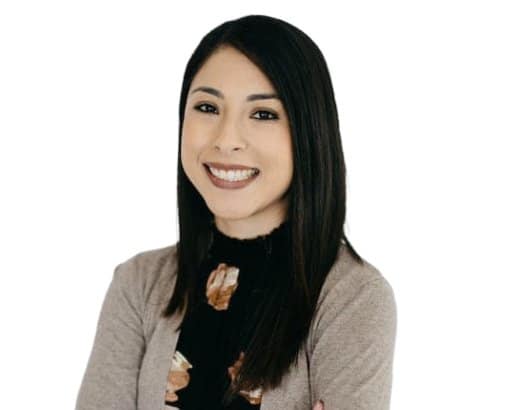

Owner
Michael Villarreal and his parents have worked closely together making each of their facilities feel like the home the clients deserve to be in.
The family’s familiarity and expertise stems from owning residential senior care facilities for over 20 years. Due to many years of experience in a residential care setting, they decided to branch their knowledge into a different demographic, yet similar setting and open what we know today as Southern California Sunrise Recovery Center. The Villarreals still collectively run several facilities.
Michael, himself, graduated from Cal Poly Pomona and started his career in their family-owned business navigating all directions of the company. Some of these tasks include but are not limited to, facility compliance, day-to-day operations, staffing, and overseeing the different divisions of the company. He continues to pride himself on being very hands-on within the company and his management team to truly ensure the values that his family has set continue to be followed through the day-to-day operations.
Michael and his family truly believe in healing the mind, body, and soul.

Andrew Crawford
Program Director
Andrew is a Registered Psychological Associate with the California Board of Psychology and is currently completing his Doctor of Psychology degree at Meridian University. He began his career as a drug and alcohol counselor, where he developed a strong foundation in evidence-based interventions and a commitment to helping clients achieve lasting success.
With extensive experience supporting individuals facing severe mental health challenges, Andrew specializes in helping clients rediscover meaning in their lives, build resilience, and develop the skills necessary for long-term wellbeing. His therapeutic expertise includes Cognitive Behavioral Therapy (CBT), Dialectical Behavior Therapy (DBT), Trauma-Focused Cognitive Behavioral Therapy, Narrative Therapy, and Acceptance and Commitment Therapy (ACT).
Andrew takes an individualized approach to care, ensuring that each client receives a treatment plan tailored to their unique needs. He walks alongside clients throughout their healing journey, fostering growth and empowering them to take confident steps toward stability and fulfillment.
As the clinical lead of the program, Andrew also oversees the delivery of treatment to ensure each client benefits from a personalized, modern, and compassionate approach. His dedication ensures that every individual leaves the facility with meaningful progress made and a renewed sense of hope for the future.

Katie Harmsem
Director of Outreach
Katie has been working in the behavioral healthcare field since 2016 in an array of positions ranging from operations to admissions to now focusing on Community Outreach and Business Development. She graduated with a Bachelor’s in Psychology from Cal State Fullerton in Fall 2021 and has a passion for wanting to help others who struggle with mental health and substance use disorders within the Orange County community and beyond.

Dr. Sanjai Thankachen
Medical Director
Dr. SanjaiThankachen graduated from Adichunchanagiri Institute of Medicine in 2000. He completed his residency in psychiatry in 2008 at Creedmoor Psychiatric Center in New York, where fifty percent of his rotations were at Columbia Presbyterian Hospital. After his residency, he worked at Ventura County Medical Centers in an adult outpatient setting and now lives in Orange County, California.
Dr. Thankachen is currently working with Pacific Neuropsychiatric Specialists in an outpatient practice, as well as working at multiple in-patient psychiatric and medical units bringing his patients the most advanced health care treatment in psychiatry. Dr. Thankachen sees patients with an array of disorders, including depression, bipolar illness, schizophrenia, anxiety, and dementia-related problems.
Dr. Thankachen is also involved in professional organizations and societies in good standing including the American Psychiatric Association, Indian Medical Association, and the Karnataka Medical Association.

Mabel Macias
Admissions Coordinator
Mabel Macias has been working for Southern California Sunrise Recovery Center since the start of the company in 2017, allowing her to truly understand and believe in the mission the company upholds.
As Admissions Coordinator, Mabel has a passion for helping clients and families find the correct treatment the patient needs. Mabel prides herself on being both the patient’s and their support system’s biggest advocate during the initial steps of the admission process and works closely with the clinical team to ensure a smooth transition both in and out of our facilities. Mabel strives to ensure each and every client who is seeking treatment receives the care they deserve.
Mabel is currently continuing her education to better serve the mental health and substance abuse population, as those are the two areas she focuses on.